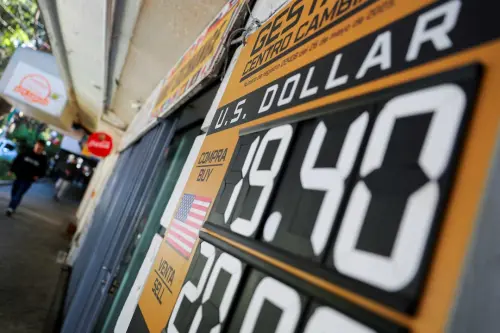Mexico's government projects economic growth between 1.5% and 2.3% this year, a reduction from the previous estimate of 2.0% to 3.0%, as indicated in a draft budget from the finance ministry. This forecast, described as conservative by the ministry, is more optimistic than predictions from the private sector and the central bank, despite concerns that the country may be on the brink of recession.
The finance ministry anticipates growth within the range of 1.5% to 2.5% for 2026. As the second-largest economy in Latin America, Mexico has faced challenges in recent months including declining investor confidence, threats of U.S. tariffs, and a prolonged drought. The economy contracted in the fourth quarter and again in January, and a contraction in the first quarter would indicate a technical recession.
The ministry attributed the downward revision of the 2025 growth forecast to weaker residential investment and ongoing supply shocks since late last year. Caution among businesses due to uncertainty regarding U.S. trade policy has also impacted this outlook.
The Bank of Mexico had previously forecast a potential contraction of up to 0.2% or growth of up to 1.4% for the economy in 2025. Meanwhile, private sector analysts surveyed by the central bank lowered their average growth forecast for this year to just 0.5%.
The finance ministry believes that domestic consumption, job creation, and investments in strategic sectors will support growth in the current year. President Claudia Sheinbaum faces challenges as she inherited the highest budget deficit since the 1980s upon taking office in October, yet has resisted calls for deep fiscal reform.
The draft budget, utilized by lawmakers for future spending planning, projects a budget deficit between 3.9% and 4.0% this year, easing to between 3.2% and 3.5% in 2026. Annual inflation is expected to end this year at 3.5%, within the central bank’s target range of 3%, plus or minus one percentage point, and slightly down from the annual rate of 3.77% recorded in February. For 2026, the draft predicts inflation will further decrease to 3.0%.
The finance ministry projects the peso to trade at 20.0 pesos per dollar by the end of this year, with a slight strengthening to 19.7 next year. Average crude oil production is forecasted at 1.762 million barrels per day in 2023, rising to 1.775 million bpd by 2026.
